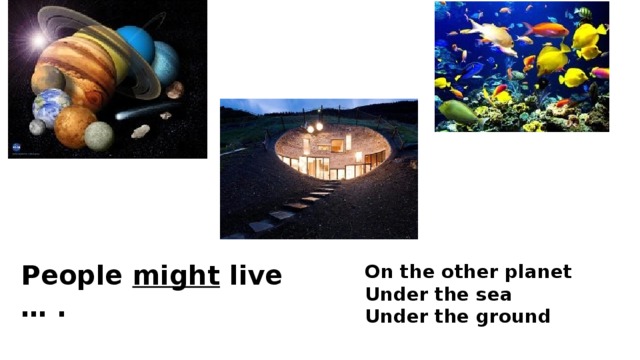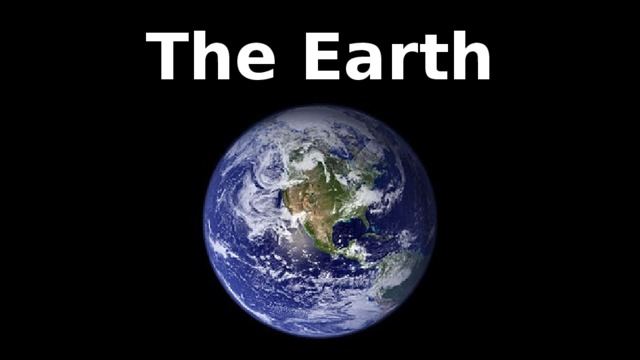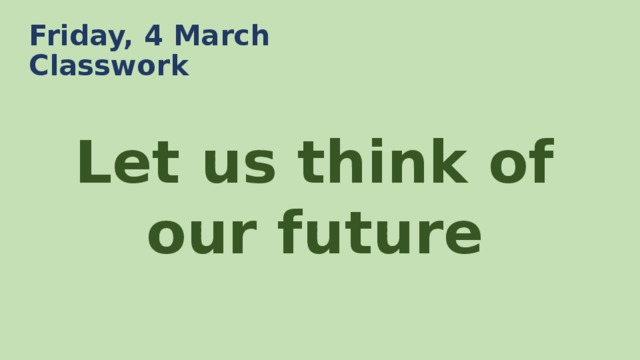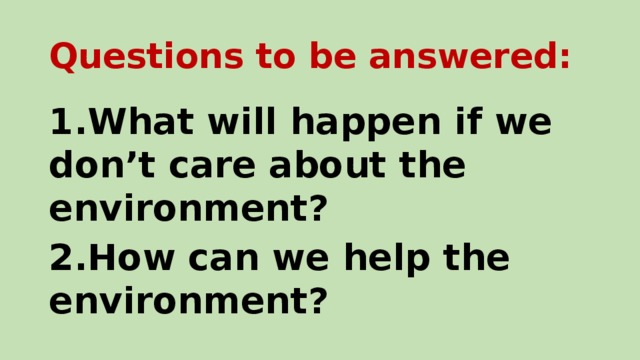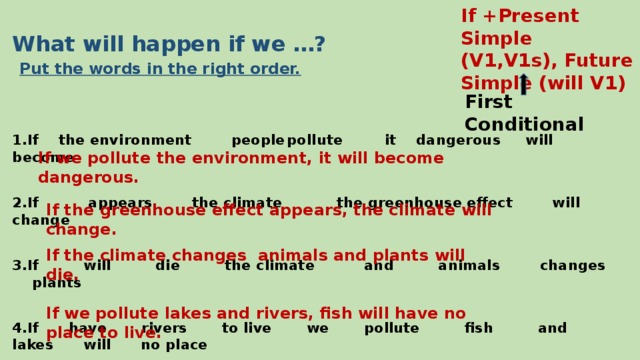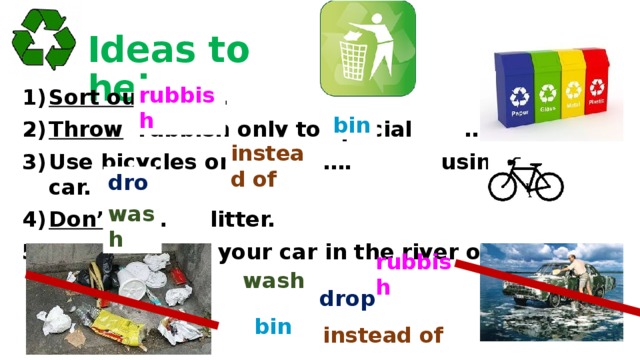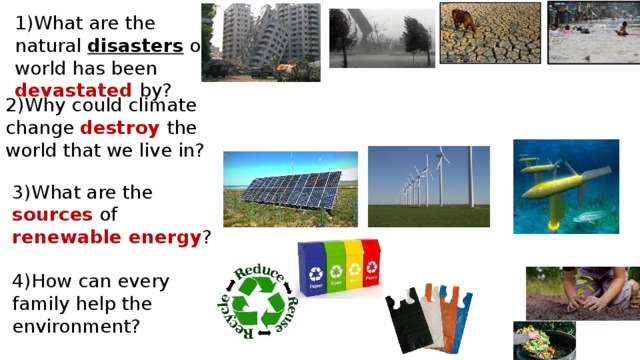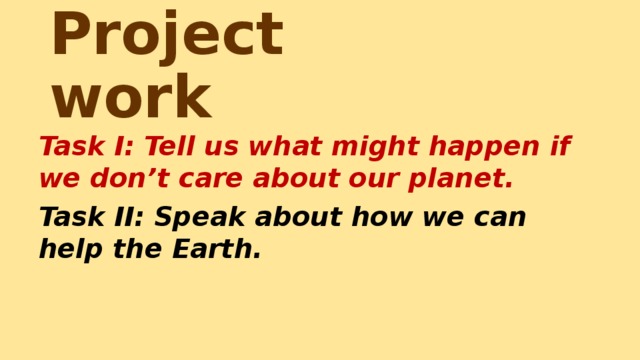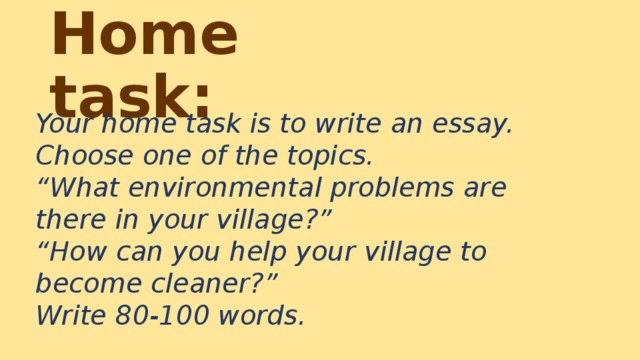Урок по теме "Environmental protection" ставит своей целью обобщение и систематизацию знаний, изученного материала.
Создайте Ваш сайт учителя Видеоуроки Олимпиады Вебинары для учителей
Методическая разработка урока английского языка в 8 классе "Let us think of our future!"
Вы уже знаете о суперспособностях современного учителя?
Тратить минимум сил на подготовку и проведение уроков.
Быстро и объективно проверять знания учащихся.
Сделать изучение нового материала максимально понятным.
Избавить себя от подбора заданий и их проверки после уроков.
Наладить дисциплину на своих уроках.
Получить возможность работать творчески.
Просмотр содержимого документа
«Lesson plan 8»
Просмотр содержимого презентации
«Appendix1»
Полезное для учителя
Распродажа видеоуроков!
1860 руб.
2660 руб.
1880 руб.
2690 руб.
1880 руб.
2690 руб.
1880 руб.
2690 руб.
ПОЛУЧИТЕ СВИДЕТЕЛЬСТВО МГНОВЕННО
* Свидетельство о публикации выдается БЕСПЛАТНО, СРАЗУ же после добавления Вами Вашей работы на сайт
Удобный поиск материалов для учителей
Проверка свидетельства
